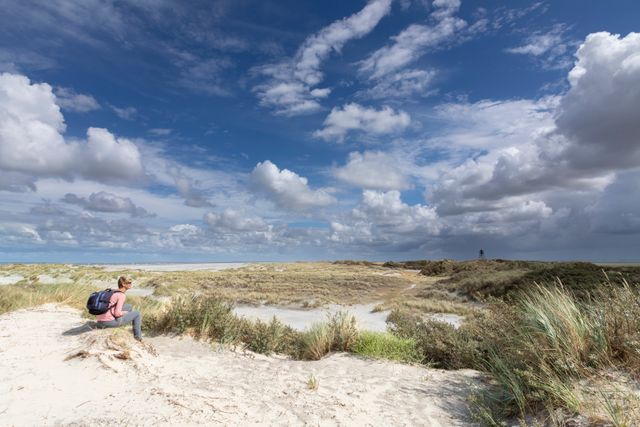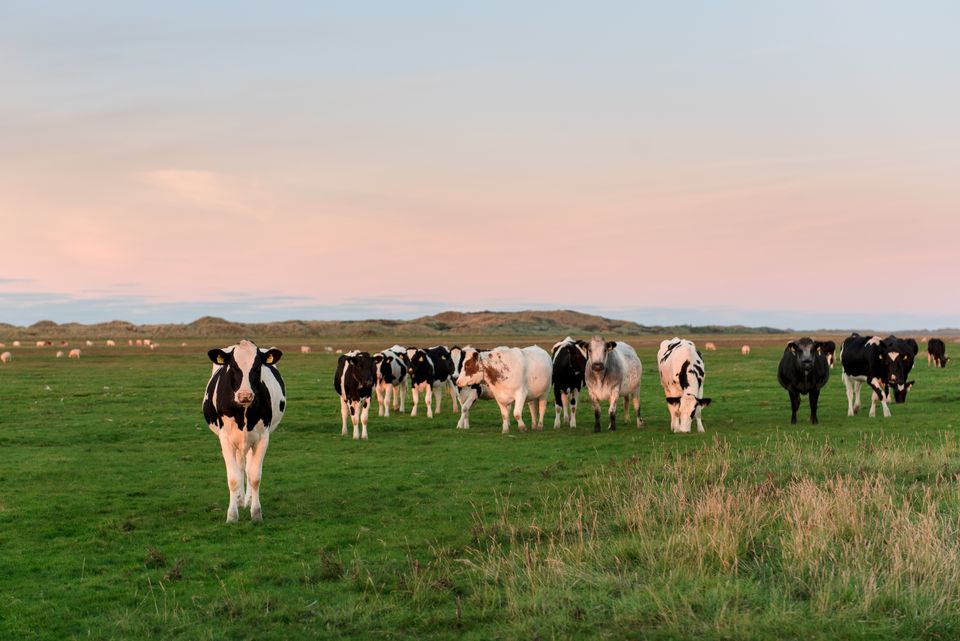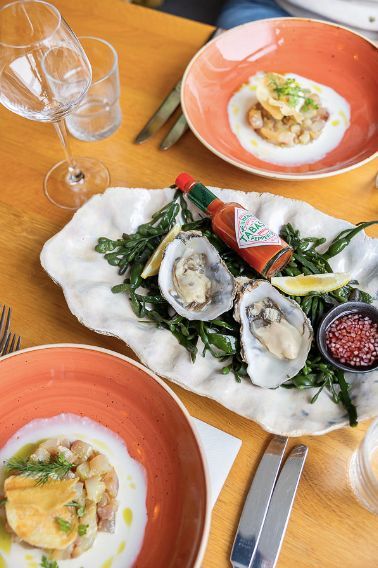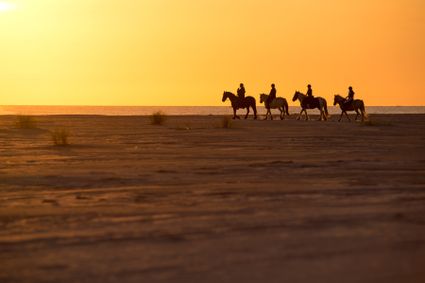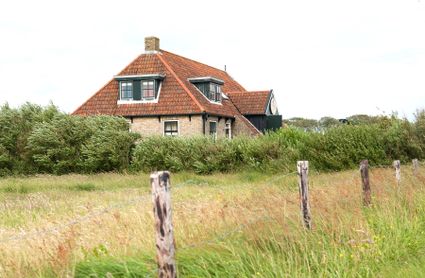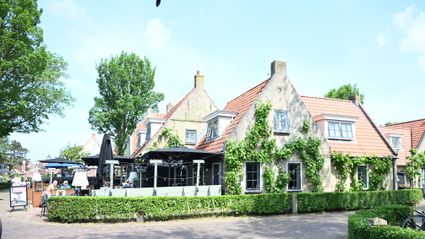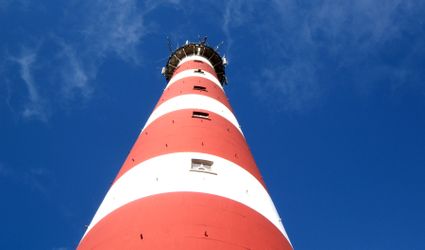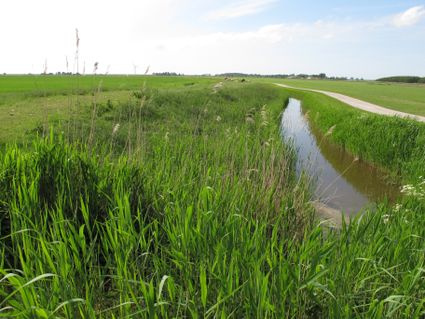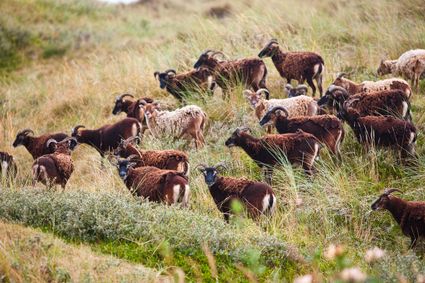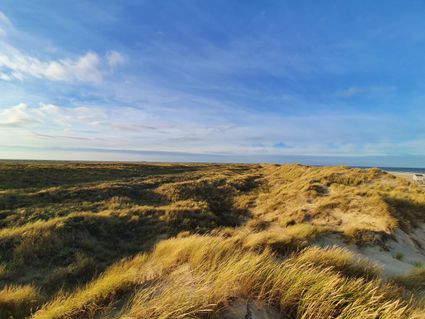Cows in dunes and the Vennoot marshlands
A rough grassland area without dikes on Eastern Ameland is the communal property of 560 shareholders. The Vennoot offers extraordinary cultural history and beautiful landscape.
The Vennoot
It’s a unique sight: cattle in the dunes, in the marshland and sometimes even dipping their hooves in the mud near the Wadden Sea. The Vennoot is located east of Buren, a rugged area without any dikes or ditches. But there are channels. You'll spot cows, horses and sheep from several local farmers grazing to their heart’s content.
The communal property is regulated via 560 inheritable shares. The Vennoot offers some extraordinary cultural history as well as surprisingly beautiful landscape. Islanders like to go there for its silence and vastness. It is owned by the ‘BV Maatschappij tot Exploitatie van onroerende goederen op het Oosteinde Oerd en Neerlands Reid BV’. Or the Vennoot for short, a name also used for the area. The Neerlands or Nieuwlands Reid marshlands cover most of the area, with the northern part being appropriately called Zoute Weide (salty meadow).
You can see the Vennoot from the bike path near the Kooioerdstuifdijk, which runs along almost its entire length. There were already communal pastures and lands for growing hay here centuries ago since this is common for the dikeless areas of Ameland. In the late 18th century a large flood from the North Sea resulted in a barren sand area between the Kooiduinen and the Oerd which remained unusable for quite a long time. This changed when the drift dike, which should prevent the island from breaking in two, was built in 1893.

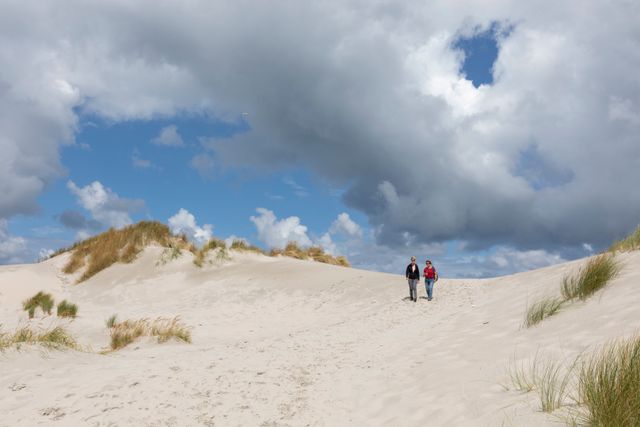
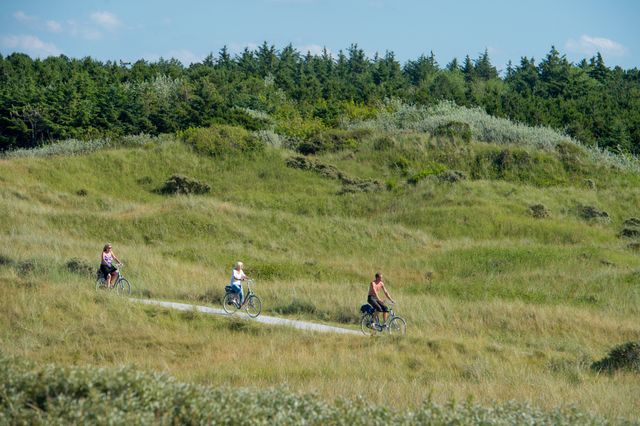
Agrarian past
The drift dike created dunes on the North Sea side. Marshlands were created on the south side, making it possible for cattle to graze again. The agricultural use was strictly regulated. Farmers in Buren who had a smoking chimney all year long were allowed to use the lands: the skó'stienrecht (chimney right). The farmers established a cooperative for the 560-hectare terrain in 1920. 560 shares were issued at 50 guilders per share. One share still gives the right for two sheep, one yearling, half a cow or half a horse to graze between 1 May and 1 December. In the beginning shareholders took turns herding the cattle but the Vennoot has a shepherd now. He makes his 3.5-hour round twice a day.
Inpoldering was considered at one time due to the frequent flooding. Sometimes when an unexpected storm drew in the farmers could literally see their hay floating away to sea. Currents and waves also corrode the embankment. But these plans were never carried out so the Vennoot provides a unique insight into the agricultural history of the Wadden. To get a really good view, cycle all the way down to the Oerdhut and climb the Oerdblinkert, the highest point on Ameland. In addition to beautiful views of the Wadden Sea and the Oerd and Hôn nature reserves, you can also see the landscape where humans and nature have tried to co-exist for centuries, for better or for worse.
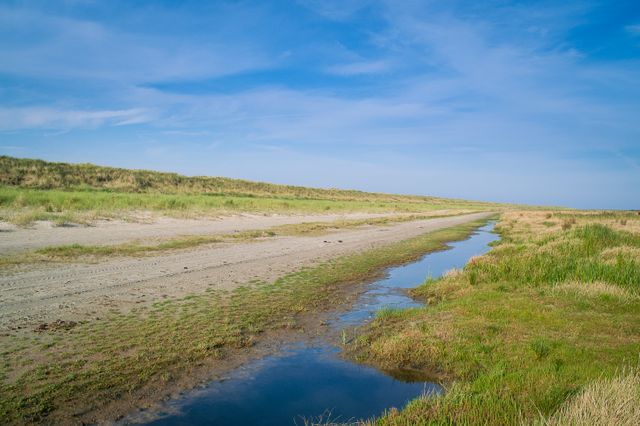
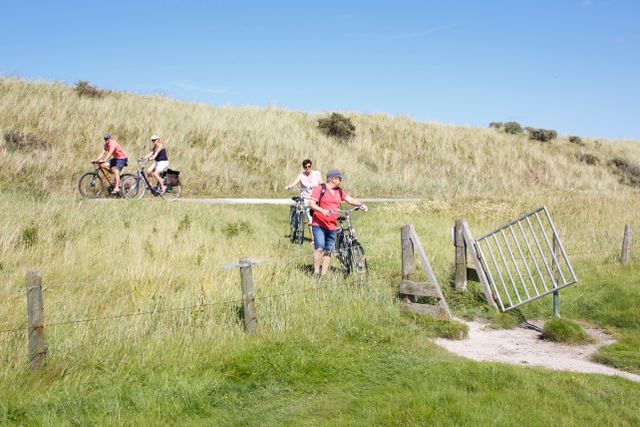
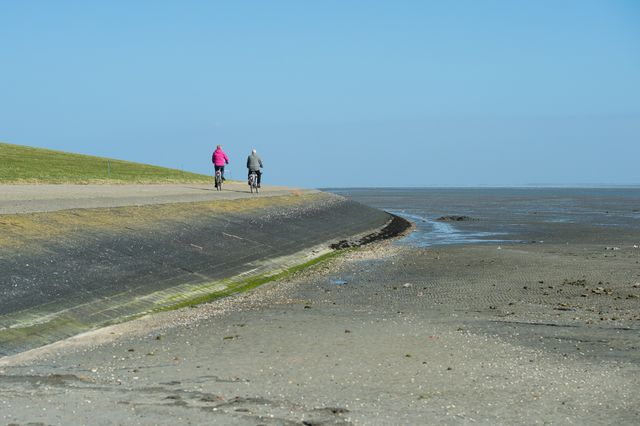
Route: Fietsen en klimmen
Cycle past rough pastures and hay meadows to the nature reserve 't Oerd and climb the Oerdblinkert.
Distance: 12 kilometers | Length: approximately 55 minutes
View the route